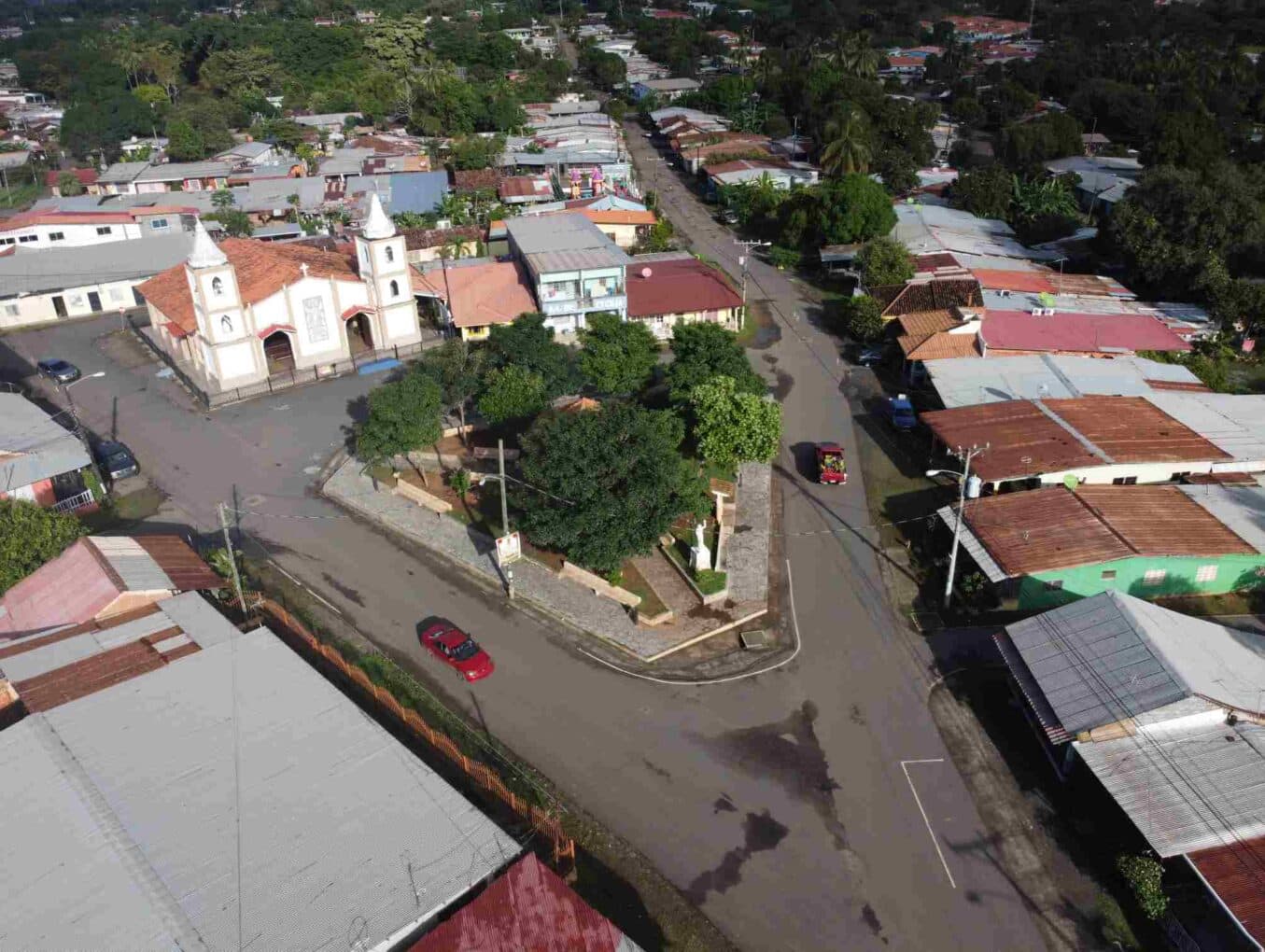Chitre is a city that mixes old buildings with modern infraestructure. In recent decades it has grown dramatically, a good reason why it is called “the city that grows by itself”, its central position in comparison with other important towns in the Azuero peninsula makes it attractive for many national and international companies, reinforcing another saying of the area: “The city where no one is a foreigner.”
Tourism Infrastructure
Due to its proximity to beaches and other tourist places, Chitre is a place that has many hotels and establishments oriented to tourists, whether local or foreign. It preserves its historical complex made up of houses, churches, squares (plazas), avenues and parks. Commercial, shops, restaurants, movie theaters, hotels, entertainment centers and much more to enjoy with the Chitreans.
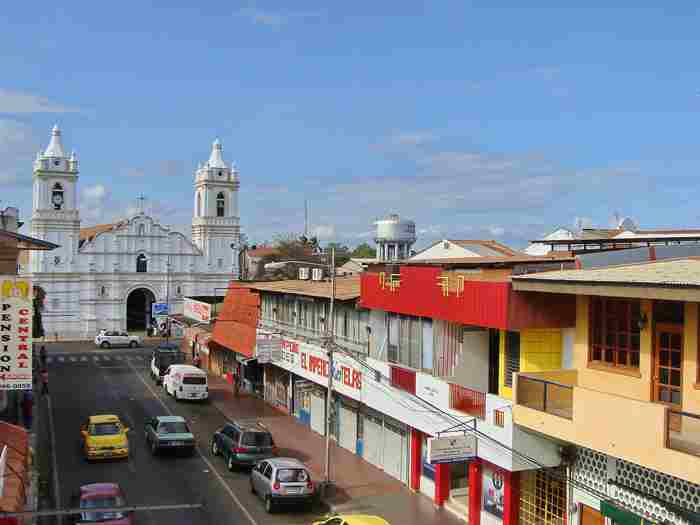
The San Juan Bautista of Chitre Cathedral is one of the most important tourist and cultural icons in the district. With more than 100 years of history, it is part of the Old Town area, which is surrounded by old buildings.
In Chitre, there is also the Herrera Museum, dedicated to the history and culture of the province. Collections on pre-Hispanic times, religious art, customs and traditions are exhibited here. Inside the museum there is a library specialized in subject matters of the province, for those researchers who wish to learn more about the history of Herrera Province.
A Shared History
There are many hypothesis about the origin of the name Chitre, including one that is based on a research done by the writer Alfredo Castillero on the genesis of La Villa de Los Santos in which the large cornfields that existed on the other side of La Villa river are insistently mentioned and were known as “Chitreca”.
In 1915, with the creation of the Herrera Province, Chitre was assigned as its capital. In 1941, under the Arnulfo Arias Madrid Presidency, the Herrera and Los Santos Provinces were united as one again, establishing Chitre as the capital of the province. But, under the Ricardo Adolfo de la Guardia Presidency, these two provinces were separated again as they are today.
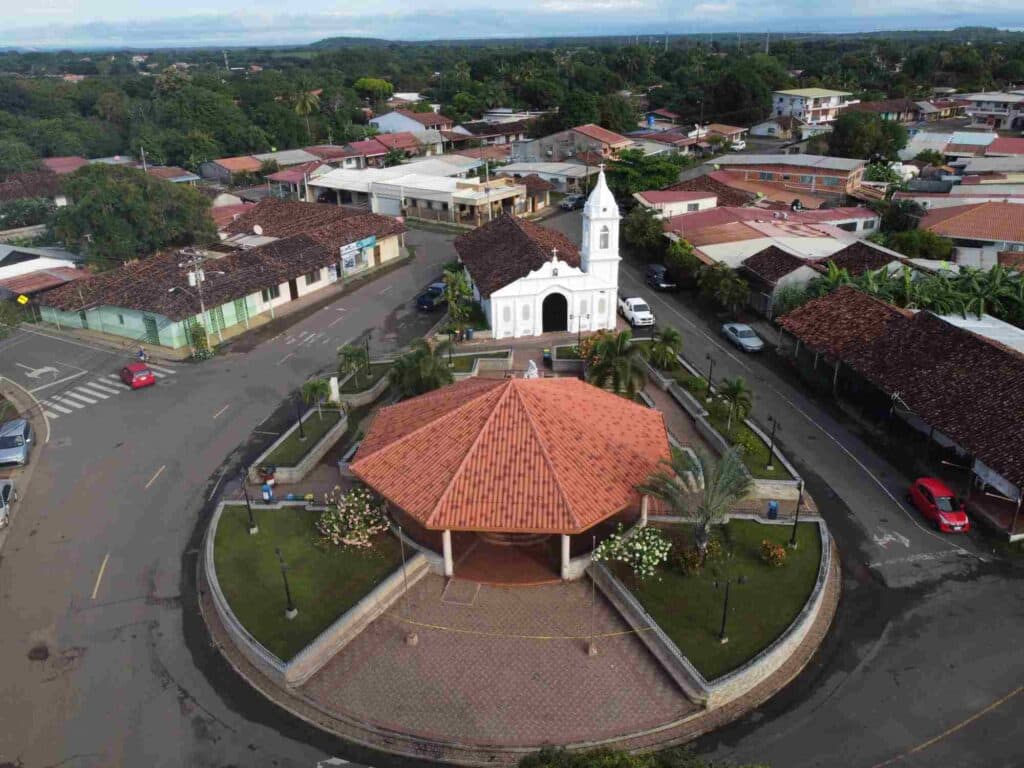
Festivities and Celebrations
Towards the middle of the 20th century, the main festivals were (as today) the carnivals in February, the patron saint festivities of San Juan Bautista in June and the foundation festivities in October and independence holidays in November. For the patron saint festivities there were bullfights, religious celebrations such as masses and processions, fireworks, popular dances, etc. For the Corpus Christi festivities the traditional clean devils (Diablicos Limpios) and dirty devils (Diablicos Sucios) coming out to danza on the streets.
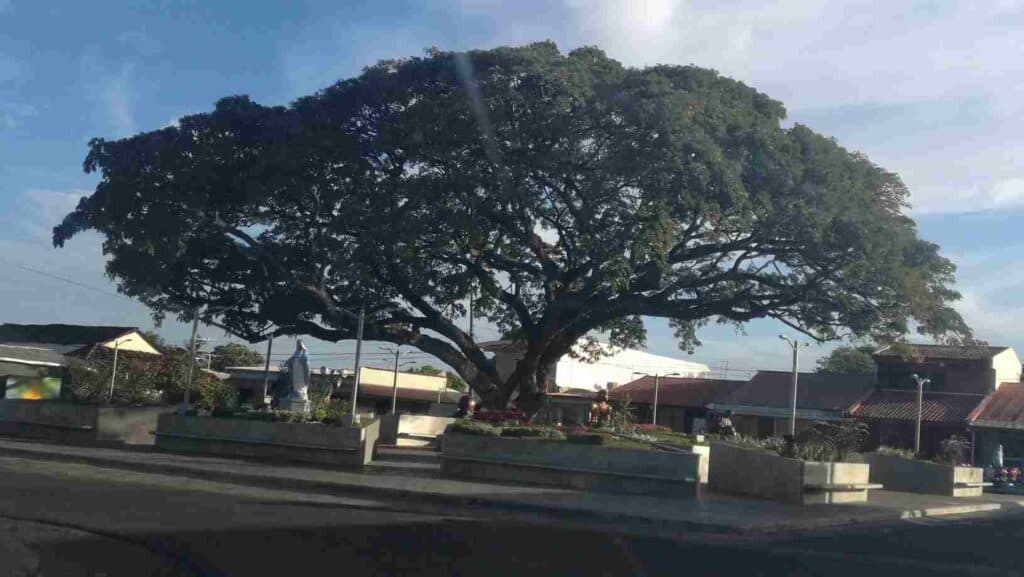
Places to Visit
Sarigua National Park:
Located in Parita, Herrera Province, it covers an area of 8,000 hectares that includes marine ecosystem and semi-desert albino areas. Sarigua is not a desert, it is an area that has undergone a process of salinization (salt in the earth) and is for this reason called “Albina”. Albino covers 80% of the territory, being the ocean tides the ones that keep the salt in the land. In 1979 the Sarigua area was declared as an area for the protection of natural resources.
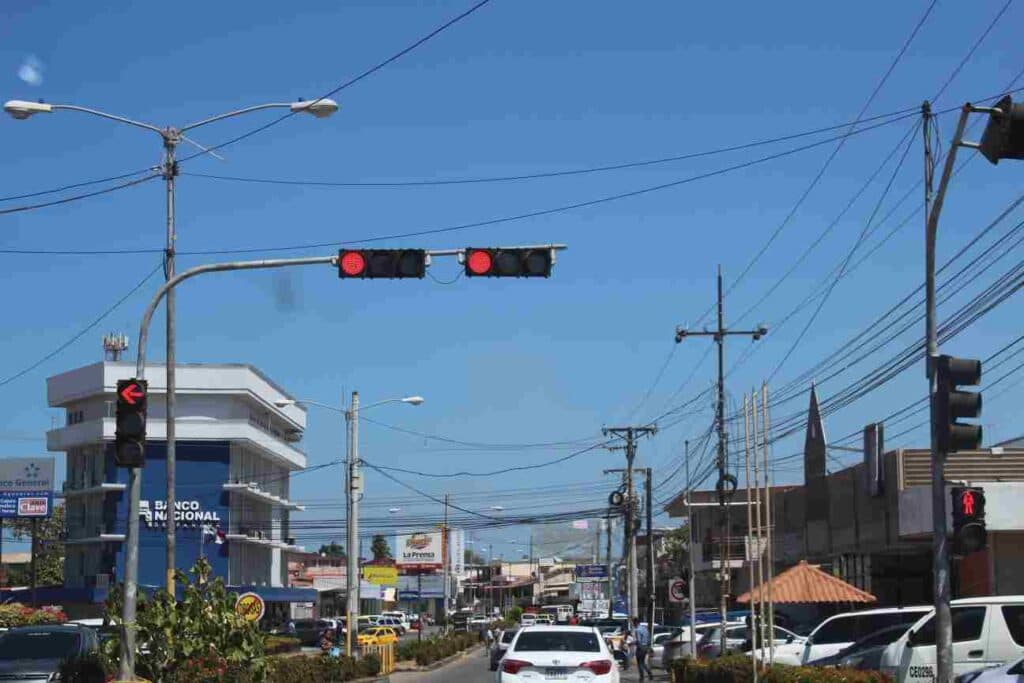
The Chitre Arena:
It is at 5 minutes from Chitre, it is a colorful town with a lot of culture. Is a great place to look for crafts and buy that little souvenir. You cannot leave this place without trying the famous “Pan de la Arena” (Arena bread) made in traditional clay ovens, a really delicious treat.
Cienaga de las Macanas (Las Macanas Swamp):
An ideal place for hiking, located at El Rincon village, in Santa Maria district. It is also the perfect place for bird watching.
Mangrove Cenegon:
It is a natural refuge that helps protect the mangroves and also the herons and alligators that live in it. Visitors pass over a wood made path that weaves through the mangrove trees. It is a short path and offers the perfect area to observe various types of herons.


